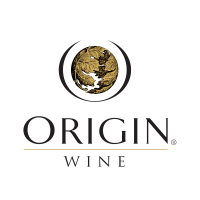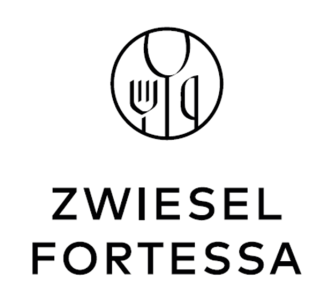Region: Montalcino, Tuscany
Founded: 1865
Owners: EPI Group
Vineyard holdings: 33 hectares in production
Lead Winemaker: Federico Radi
Annual production: 100,000 bottles per annum
Biondi-Santi isn't simply a pioneer – it's a quiet custodian of Montalcino's soul. The estate, Tenuta Greppo, was steered into wine production by its owner Clemente Santi in 1865. But he did far more than simply produce good wine; Santi helped to write the rules by which Brunello would be recognised for generations. His initial experiments with Sangiovese – awarded two silver medals at an agricultural fair in Montepulciano in 1896 – were improved upon by his grandson Ferruccio Biondi, who identified a superior clone of Sangiovese, the Grosso. Through clonal selection and a strict idea of what Brunello should be – bright acidity, sinewy tannins and the capacity to age for decades – Biondi-Santi became a byword for restraint. In the historic cellars of this beautiful property, perched on steep terraces just outside Montalcino, oak serves as a frame rather than a voice.
Yet, like his colleagues in Burgundy, technical director Federico Radi insists that terroir is the kingmaker at Tenuta Greppo. The estate's holdings sit like an amphitheatre around the winery – a compact geography where elevation and exposure matter as much as soil. Advocating a policy of regenerative viticulture, the agronomy team prioritises both biodiversity and soil health; canopy systems are tailored to create shade and airflow, while green manures, mulching and cover crops help to cool the soil and build resilience. This is not tokenism – Biondi-Santi adopts precise, parcel-based strategies to combat global warming.
In the cellar, fermentations remain traditional, relying on native yeasts and a judicious mix of cement, steel and large oak vats. Extraction is deliberately discreet; maturation in Slavonian oak casks (never new) enhances structure but does not impart flavour. The result is Brunello di Montalcino of unrivalled finesse and 'breeding', whose bottle age reveals penetrating tertiary aromas of black truffle, balsamic, tobacco and violets. For over a century, Biondi-Santi has produced a small, carefully managed range: Rosso di Montalcino (the immediate, younger expression), the signature Brunello, and the infrequent, ceremonial Riserva. Production volumes remain limited and from the 2010s onward the house has championed magnums and large formats to demonstrate the wine's formidable ageing potential.
But in a fast-paced, technologically driven era, isn't that commercial suicide? When Biondi-Santi was acquired by the Paris-based EPI Group in late 2016, some feared that the new owners might dilute Ferruccio Biondi's original vision. Yet the change of ownership has not signalled a stylistic break; rather, CEO Giampiero Bertolini has emphasised continuity – the same philosophy adapted for the 21st century. Bertolini has invested heavily in storytelling – "La Voce di Biondi-Santi" – a cultural programme that pairs literary morsels with podcasts so that the wines have a narrative frame as well as a technical one. Can an ethos of patience and quiet conviction survive our two-second zeitgeist? Judging by Biondi-Santi's ongoing success, there is still room for tradition today.
Q&A: Federico Radi, Technical Director, Biondi-Santi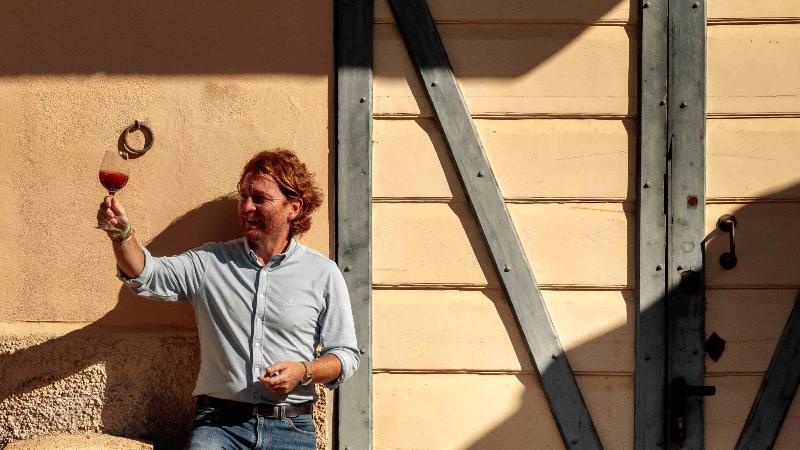
Biondi-Santi is often credited with creating the Brunello di Montalcino style itself. How do you balance preserving that historical identity with the need to innovate?
At Biondi-Santi, tradition is not something static but a living heritage that guides our decisions every day. Preserving our historical identity means maintaining the integrity of Sangiovese — of the original vineyard material, which dates back to the 1940s — and the restrained, timeless style that has defined Brunello since we first envisioned it.
At the same time, innovation is essential, especially in the face of climate change. We are adapting our viticultural practices to protect freshness and balance: working with canopy management, adjusting harvest dates, studying soil behaviour in greater depth, and introducing precision techniques that allow us to intervene less, but with greater awareness.
As temperatures rise and weather patterns shift, what concrete steps are you taking in both the vineyard and cellar to adapt - and do you think the future Brunello will taste different as a result?
Climate change is one of the greatest challenges facing every wine region, and Montalcino is no exception. At Biondi-Santi, our response begins in the vineyard. We're working to preserve freshness and balance by fine-tuning canopy management, maintaining higher vegetation to protect grapes from excessive sunlight, and carefully choosing the optimal harvest time - now an even more crucial decision than in the past.
We're also deepening our study of the estate's soils. This helps us understand which parcels perform best in warmer years and may guide future replanting with selections naturally better adapted to new conditions.
In the cellar, we focus on precision and delicacy. We don't want to chase concentration; instead, we aim to preserve the natural tension and energy that have always defined our wines. Fermentations are closely monitored to avoid excessive extraction, and our ageing process in large Slavonian oak continues to be fundamental in preserving elegance over time.
Will Brunello taste different in the future? Perhaps subtly - every generation leaves its mark. But our goal is that it will always feel like Biondi-Santi: graceful, harmonious, and built to endure.
What does the next chapter look like under your stewardship - and how do you define success for the estate in the next 20 years?
For us, the next chapter at Biondi-Santi is about continuity through evolution. The estate has always been guided by family values - dedication, precision, and a deep respect for time. Our role today is to protect that legacy while leading it into the future with curiosity and openness.
Success, in our view, doesn't mean changing what Biondi-Santi is; it means ensuring that its wines continue to express purity, balance, and longevity, even as the world around us changes. That involves investing in research - understanding our vineyards parcel by parcel and refining every small detail that helps our wines remain consistent and expressive.

Producer Profile: Biondi-Santi
From its pioneering roots in the 19th century, Biondi-Santi remains a guardian of Brunello's timeless identity.

Biondi-Santi remains emblematic of Brunello's global fame

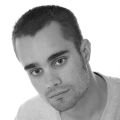








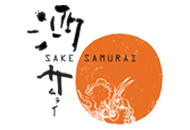
.png)



